Self-Awareness
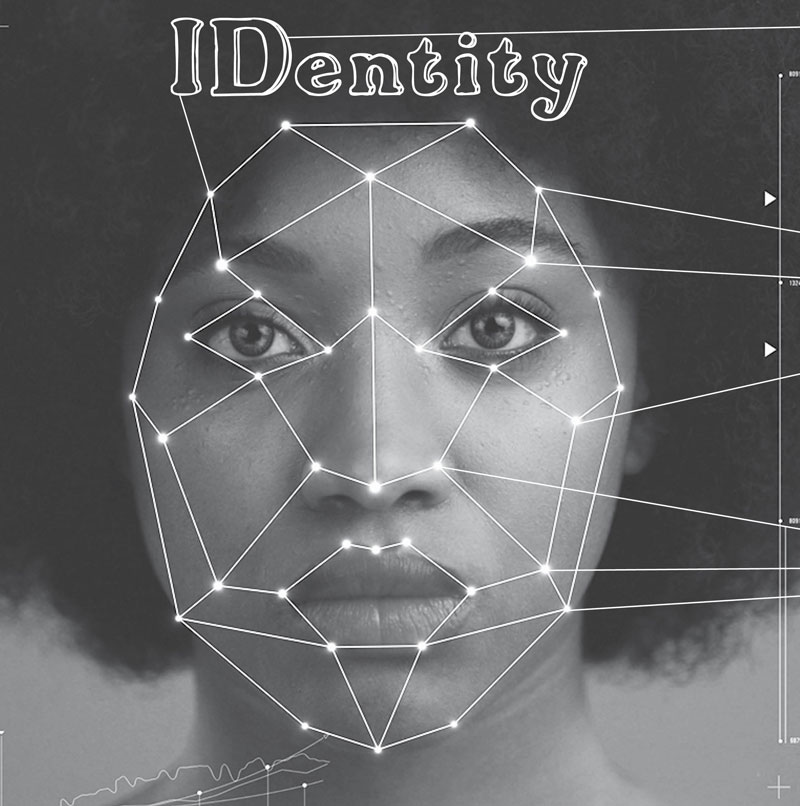
Find this activity in the student portfolio
Objective: Students will be able to identify who they are, what they like and dislike, and recognize their strengths and weaknesses.
Estimated Duration: 20 minutes
Description: Self-identity is how you identify and define yourself. It is made up of many parts including your values, beliefs, personality traits, physical attributes, abilities, hobbies, and interests.
It is the combination of these things that make up your self-identity. It’s important to have a strong sense of self-identity to be able to adapt to changes and overcome challenges.
Having a strong sense of who you are can help anchor you during uncertain times and help you develop positive self-esteem.
When helping children discover their self-identity, it is important to encourage them to look at all the things that make them who they are and not to identify with just one part of themselves.
When children tie themselves firmly to just one part of who they are, they can struggle to find their self-identity if they experience failure or are not successful in that one part. Knowing that they are so much more can help them develop a strong sense of self-identify.
This activity will allow students to think about who they are at this moment in time. They will document their values, beliefs, personality, culture, and the many other things that make them who they are.
Teachable Moments: There are many ways you can improve and build self-identity in your students:
- Emphasize healthy values
- Teach students to recognize unhealthy media messages
- Highlight students’ strengths and passions
- Encourage students to get involved in healthy activities
- Ban harsh criticism
- Be a good role model
- Let students help
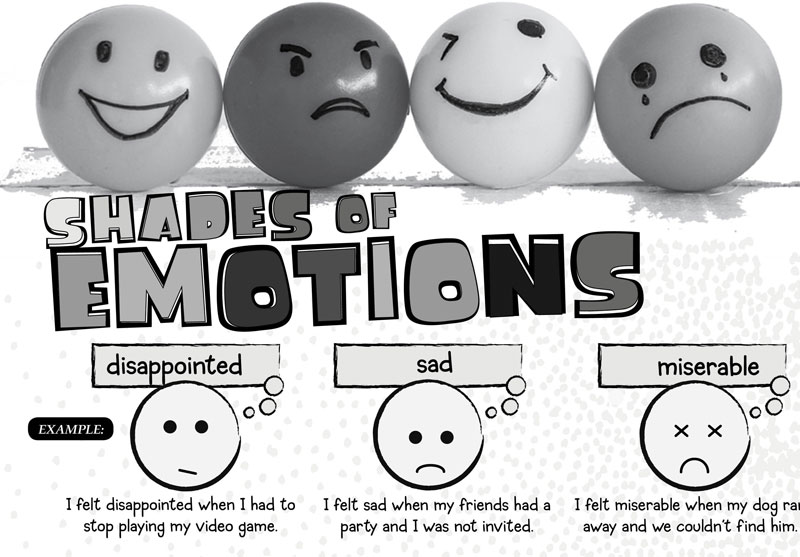
Find this activity in the student portfolio
Objective: Students will be able to identify the range of emotions they have.
Estimated Duration: 20 minutes
Description: Emotional awareness is the ability to notice, accurately name, and interpret our emotions. It is an important skill students need to be successful in life.
Emotional awareness helps us know what we need and want (or don't want!) and helps to build better relationships. That's because being aware of our emotions can help us talk about feelings more clearly, avoid and resolve conflicts appropriately, and move past difficult feelings more easily.
Many children can express being happy, sad, or mad, but often they miss the subtle gradations or shades in emotions. This is because they don’t have the words to describe them.
Naming emotions accurately helps students be clearer about what is happening inside, so they can manage themselves in positive ways and become better learners.
This activity will help students build their emotional vocabulary. First, they will choose one emotion and list its shades (e.g., happy, joyful, elated). Next, they will draw a face to show what that emotion looks like and describe what makes them feel that shade.
Teachable Moments: There are many ways you can help students identify their emotions:
- Talk about your emotions and feelings; ask students about theirs
- Have students name their emotions and the behaviors or body language associated with them
- Model reactions and emotional behavior
- Use characters in books to illustrate different emotions, facial expressions, and behaviors
- Have students create a thesaurus of emotions to use when they need to find the right word to describe how they are feeling
- Have students create a mood meter to help them identify how they are feeling; this can be especially helpful to students who find it difficult to talk about their emotions.
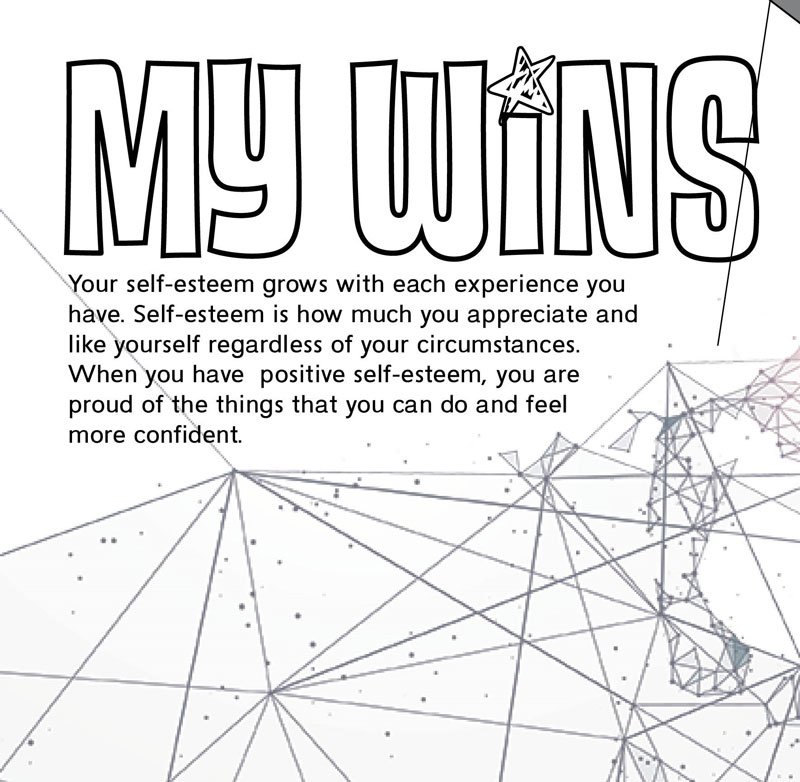
Find this activity in the student portfolio
Objective: Students will be able to build self-esteem.
Estimated Duration: 20 minutes
Description: Self-esteem is a person’s sense of worth. Students with high self-esteem feel confident and capable. They value themselves and their abilities.
When students feel confident and secure, they are more likely to succeed in school and achieve personal goals. They are also more likely to motivate themselves to take on new challenges and cope with and learn from mistakes. They may stand up for themselves more and ask for help when they need it.
This activity will help students build self-esteem by having them draw or write about situations that they felt very proud of themselves. They can bookmark the page to come back to for a little boost of confidence throughout the year.
Teachable Moments: There are many ways you can improve and build self-esteem in your students:
- Greet every child at the door with a smile and say his or her name.
- Touch base with every child.
- Encourage students to advocate for themselves.
- Give constructive criticism and include time for detailed feedback.
- Let students fix mistakes.
- Encourage students to find things they like about themselves.
- Teach students to learn from their mistakes.
- Celebrate student successes.
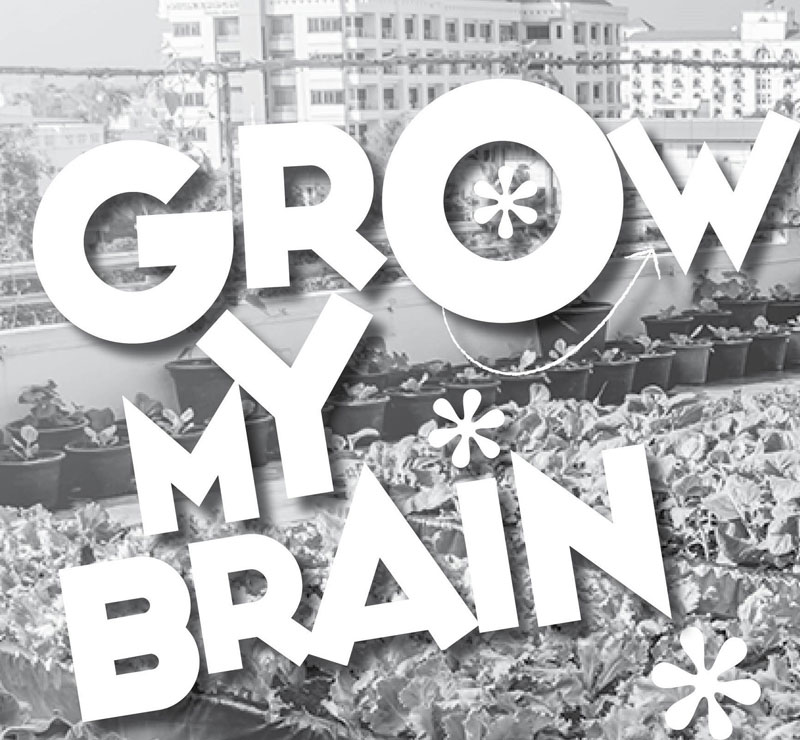
Find this activity in the student portfolio
Objective: Students will be able to build a growth mindset.
Estimated Duration: 20 minutes
Description: A growth mindset is when you believe your intelligence and abilities can be improved with practice and the power of growing your brain. It is important for students to learn to adopt a growth mindset because it can help them overcome obstacles when they learn something new or develop a new skill. When students use a growth mindset, they understand the importance of persistence and determination. They see roadblocks and constructive feedback as methods to gather information to help themselves learn and progress. Instead of giving up in the face of challenges, students with a growth mindset keep going because they believe they can achieve the goal.
This activity will help students build a growth mindset by writing a collection of daily affirmations that they can use to help overcome self-sabotaging and negative thoughts.
Teachable Moments: There are many ways you can help improve and build a growth mindset in your students:
- Be mindful of feedback, emphasize improvement over talent and intelligence.
- Praise the process, not just the end result.
- Include reflection as a part of assignments.
- Discuss your own experiences and struggles.
- Explain that failure is a part of the process of learning new things.
- Use diverse teaching strategies.
- Provide attainable challenges.
- Give opportunities to face obstacles.
Foldable®: Selfie Moments
Estimated Duration: 25-30 minutes
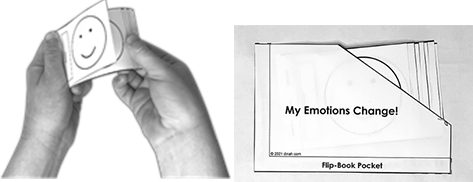
Flip-Book Pocket
- Cut along the solid black lines of the Flip-Book Pocket.
- Glue the left and bottom edges onto the gray strips in the student book.
- Make the Flip-Book while the glue on the Pocket is drying.
Flip-Book Foldable
- Cut along the solid black lines of the page. This will form seven cards with faces. Cut away the gray sections on each card. Each card will be a different length.
- Stack the cards, so the numbered edges line up. When finished, #1 (the shortest card) will be on top and #7 (the longest card) will be on the bottom.
- When the left edges are aligned and stacked together, staple through all thicknesses to form an Emotions Flip-Book.
- Hold the stapled edge in your left hand and flip the edges of the cards with your right hand. Practice flipping rapidly to make the face change from happy to sad.
- Ask students to fill in the emotion box on each card to reflect which of their emotions they think each face represents. Don’t use the same emotion twice. When they are done, have them use the lines under the Flip-Book pocket to write about their favorite Selfie Moment.
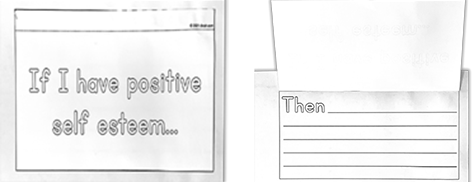
- Cut along the outside solid black lines of the If I have positive self-esteem… Foldable.
- Fold along the dotted line at the top of the rectangle to form an anchor tab. Glue the folded tab on top of the gray If I have positive self-esteem… anchor tab space in the student book.
- Discuss how If…Then sentences are written. Relate them to cause and effect. Students complete the sentence under the tab.
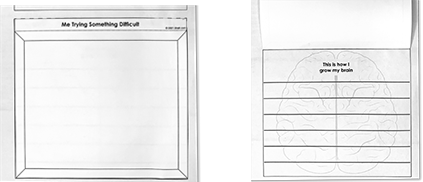
- Cut along the outside solid black lines of the Me Trying Something Difficult Foldable. Have students draw a picture of themselves attempting something new or practicing something they are learning.
- Fold along the dotted line at the top of the Foldable to form an anchor tab. Glue the folded tab on top of the gray Me Trying Something Difficult… anchor tab space in the student book.
- Under the tab, observe the outline of a brain and discuss the title – This is how I grow my brain. Students record present and future ways they plan to grow their brains. This is a private writing area covered by a tab.
Go to other SEL competencies in this book (Intermediate - Grades 3–4):

The teaching suggestions only work in accompaniment with the student portfolio, which has all the activity pages.
The teaching suggestions here are also available within a PDF of the entire teacher's manual.